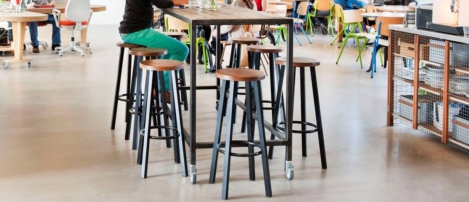November 5, 2015
Design for performance study looks to improve energy performance 0
Developers, owners and occupiers of buildings might expect that compliance with regulations will produce a building that is energy efficient in operation and well on its way towards the 2020 nearly-zero energy target mandated by a European Directive. In practice, the actual performance of most buildings falls well short of the design intent – the so-called performance gap. In Australia, this chronic problem has been eliminated for new office building projects in which clients and their teams sign up to – and then follow – a “Commitment Agreement” protocol to design, construct and manage their buildings to achieve agreed levels of actual in-use performance. Now with the backing of the Better Buildings Partnership, a four month study to develop a prototype UK scheme which embraces Australia’s ‘design for performance’ approach has been launched by a team led by Verco and including BSRIA, Arup and UBT.


































October 28, 2015
What Shakespeare’s Henry V can teach us about flexible working
by Julia Johnston • Comment, Facilities management, Flexible working
Why are so many of us preoccupied with the status that having an office brings? They say it’s lonely at the top. Well, that loneliness often starts with the social exclusion of being in an office. Why would you not want to be in with the in-crowd, to be with your own team of people and the go-getters who are making a difference to your organisation? Why not be where the action is at the working coalface of your organisation? Stuck in your office, you can feel like a kid in the corner of the playground, wondering what the others are whispering about. Some of us want an office because we believe it shows our peers that we have made it; that we have reached the upper echelons of our corporate management structure and become an acknowledged achiever. We want an office so that we can preen to others, but that doesn’t automatically make for better managers, leaders or companies.
(more…)